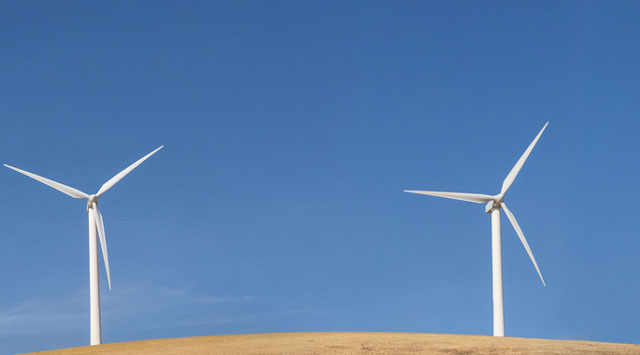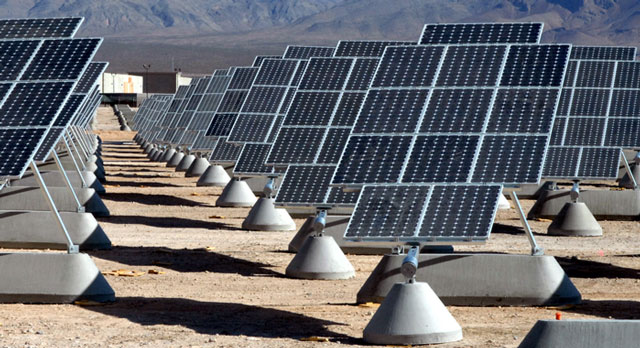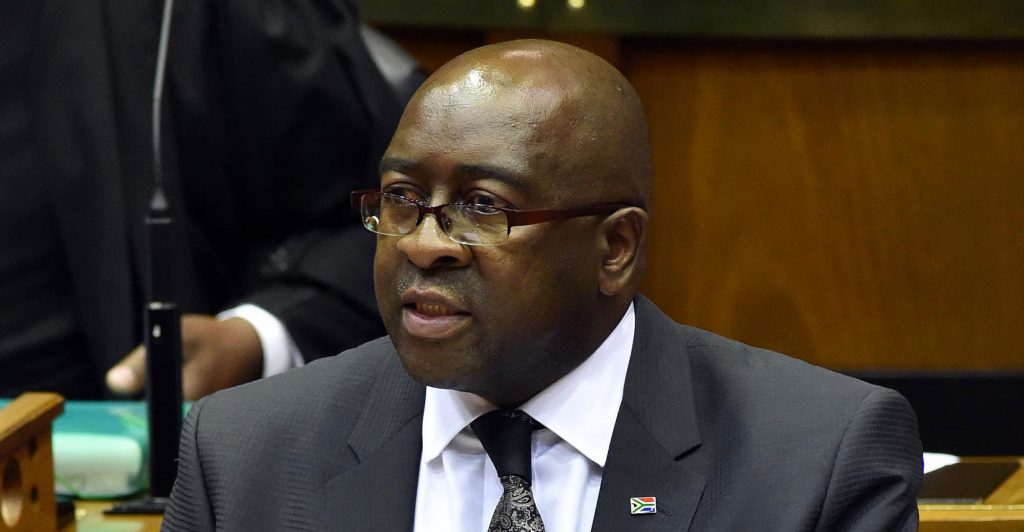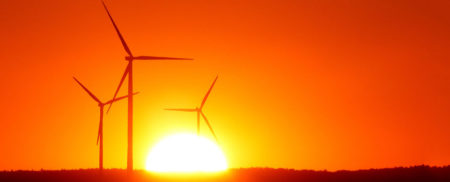
Independent Power Producers (IPPs) praised the energy department’s announcement on Thursday that it would be opening the door to a host of new possibilities for the private sector to contribute to the production of power in South Africa.
The department of energy approved 13 new renewable IPP bids, which means there will now be 79 IPP projects with 5,2GW being added to a national grid desperately in need of power.
Energy minister Tina Joemat-Pettersson told IPP stakeholders and media in Cape Town that she had requested a further expedited procurement process of 1,8GW from all technologies.
Added to that, the department had engaged in a process to design a gas to power procurement programme for a combined 3,1GW allocation from IPPs.
There is also a 2,5GW IPP programme for coal power stations and 800MW from cogeneration, bringing the total IPP contribution to 13,5GW.
That is more power generation than Eskom’s three new projects currently under construction.
Medupi (4,8GW), Kusile (4,8GW) and Ingula (1,33GW) will bring a total of 10,9GW once they are completed. Eskom’s current fleet produces 41,2GW of power.
Andrzej Golebiowski of Scatec Solar won three bids to produce solar energy in South Africa. These projects are Solar PV Sirius Solar PV Project One (75MW), Solar PV Dyason’s Klip 1 (75M) and Solar PV Dyason’s Klip 2 (75MW).
“The renewable IPPs programme is inspiration and visionary,” he said. “It’s really big on a global scale. It’s over 4GW they are planning to reward this year. It’s going to make it by far one of the biggest markets globally for renewables. That’s pretty impressive.” Golebiowski said that the Norwegian company moved its headquarters from Germany to South Africa when they saw the potential of renewable IPPs in Africa.
Scatec Solar currently has 190MW of solar power being generated in South Africa and this will now increase to 415MW.
Golebiowski said the move to South Africa has paid off and the latest announcement is important not only at a South African level, but also for business in Africa and the market globally.
“Today is one of the biggest days in the history for our company,” he said. “For us, it reconfirms that SA is the heart of our company.
“It’s a small example of how the programme is building a long-term sustainable industry,” he said. “We have decided to make this place our global hubs With the new wins, it reconfirms our strategy.
“Companies will devise long-term strategies on the continent due to this move,” he said. “Things will happen on the back of this. We can now look at other projects in Africa because of South Africa’s leadership.
“There have been challenges, but they are being overcome,” he said. “They deserve a lot of credit from a renewable perspective.”
Scatec Solar is serious about South African development and has a funding programme at the University of Stellenbosch where it funds a department R1,5m/year for five years. The aim of the fun is to build competencies and capabilities to develop the skills locally in South Africa.
“We can also learn from the studies they do there and get knowledge from a local perspective,” he said.
South African IPP company Pele Green Energy (PGE), which is 100% black owned, won two wind renewable energy projects, each with a 140MW capacity and located in the Eastern and the Northern Cape respectively.

“The announcement of winning round four projects represents an increase of 280MW into the total portfolio of power plants for PGE, raising our overall nameplate capacity of power plants to 639MW across solar and wind,” said PGE’s Gqi Raoleka.
“We are looking forward to playing our role in adding more renewable powered energy on behalf of our client to the national power grid,” said PGE’s Thapelo Motlogeloa.
“We aim to make a positive social contribution in the communities where projects are located, in terms of job creation and by supporting local enterprises.”
Co-founder of G7 Renewable Energies Dr Killian Hagemann, whose 140MW On-shore Roggeveld Wind Farm was one of the 13 preferred bidders, said the announcement was an important milestone.
“It reaffirms our expertise and ability to develop competitive and efficient wind farm projects in South Africa,” said Hagemann.
G7 director Nicolas Rolland said the Roggeveld site in the Karoo was selected after an extensive and rigorous investigation.
“The ideal site comprises several factors, such as wind resources, topography, grid proximity and capacity, accessibility, as well as reduced environmental and permitting constraints,” he said.
“In what has now become a very competitive industry, the financial viability of a wind farm depends on the quality of the wind resource available at the identified site,” he said.
“The accuracy of our wind measurements and the predictability of the future yield are key to establishing the long-term success of the project.”
Joemat-Pettersson announced these 13 preferred bidders for window 4:
- Bio-Mass – Ngodwana Energy Project – 25MW
- On-Shore Wind: Roggeveld Wind Farm – 140MW
- On-Shore Wind: The Karusa Wind Farm – 140MW
- On-Shore Wind: The Nxuba Wind Farm – 139MW
- Golden Valley Wind – 117MW
- Oyster Bay Wind Farm – 140MW
- Solar PV: Sirius Solar PV Project One – 75MW
- Solar PV: Droogfontein 2 Solar – 75MW
- Solar PV: Dyason’s Klip 1 – 75MW
- Solar PV: Dyason’s Klip 2 – 75MW
- Solar PV: Konkoonsies II Solar Facility – 75MW
- Solar PV: Aggeneys Solar Project – 40MW
- Hydro: Kruisvallei Hydro – MW — Fin24




